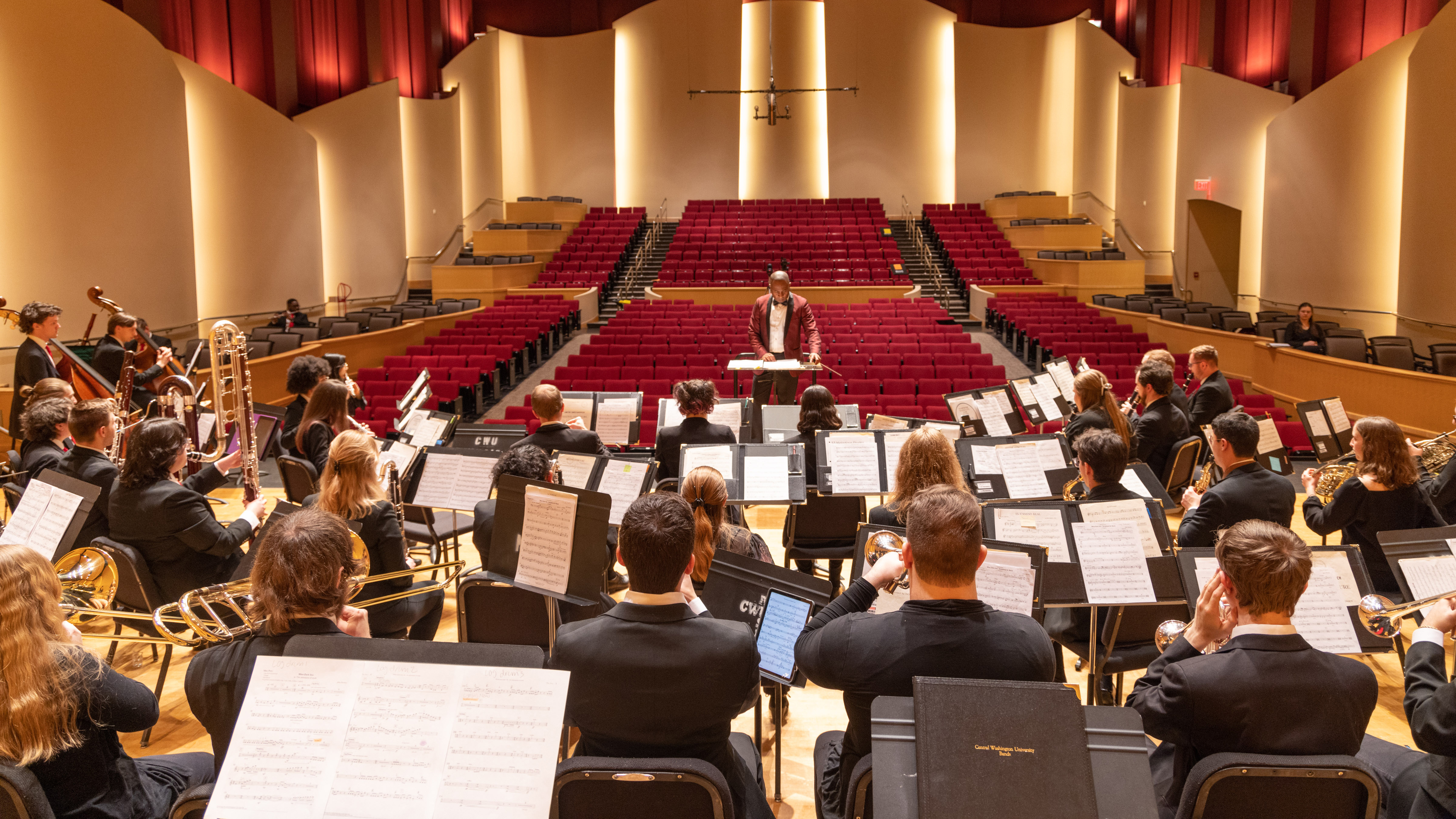
Music
Graduate Music Theory Review
The Graduate Theory Diagnostic Exam will consist of four parts. These are outlined below, along with a list of concepts for study.
Parts I and II. Musical Form (45%)
Score excerpts will be presented, along with a series of questions designed to demonstrate your understanding and application of musical form.
Concepts to study:
- sonata-allegro
- rondo
- sonata-rondo
- theme and variations
- binary (simple sectional, simple continuous, simple rounded binary, rounded continuous)
- ternary
- fugue
- passacaglia
- chaconne
Part III. Melodic and harmonic analysis (35%)
Score excerpt(s) will be presented, along with a series of questions designed to demonstrate your understanding of Roman numeral analysis, non-chord tones, part-writing, and polyphonic devices.
Concepts to study;
- Roman numeral analysis
- modulation (direct, common chord, common tone, chromatic, enharmonic) passing tones (accented and unaccented)
- neighbor tones (upper, lower, double)
- appoggiatura
- suspension
- anticipation
- retardation
- escape tone
- pedal tone
- double (invertible) counterpoint
- cadences (perfect authentic, imperfect authentic, half, Phrygian, deceptive) antecedent and consequent phrases
- diminution
- augmentation
- imitation
- anon
- inversion
- double (invertible) counterpoint
- retrograde
- stretto
Part IV. Non-tonal analysis (20%)
Score excerpt(s) will be presented, along with a series of questions designed to demonstrate your understanding of 20th/21st-century concepts.
Concepts to study:
- diatonic modes (Ionian, Dorian, Phrygian, Lydian, Mixolydian, Aeolian, Locrian) pentatonic scales (Major, minor, Hirajoshi)
- synthetic modes (Phrygian-Dorian, Lydian-Mixolydian, whole-tone, octatonic, hexatonic) planing (diatonic and chromatic)
- extended tertian chords
- split-chords
- polychords
- polytonality
- quartal and quintal harmonies
- secundal harmony
- pandiatonicism
- polymeter
- ametric rhythm
- metric modulation
- added value
- non-retrogradable rhythm
- pitch-class (pc) sets
- normal order
- prime form
- interval-class vector (ICV)
- dodecaphonic composition
- prime, inversion, retrograde, and retrograde inversion
For more information, please contact Dr. Jiyoun Chung.
CWU News

CWU women’s rugby team earns six All-American selections
May 13, 2024
by University Relations

CWU Board of Trustees to Convene this week
May 13, 2024
by University Relations